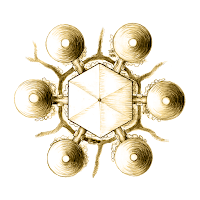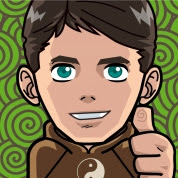 From the individual to the extended family, complexity emerges. Similarly, from the household to the neighborhood even more complexity arises. By aggregating patterns that harmonize and represent all these structural levels within an efficient and resilient infrastructure that symbiotically connects us, we can become more than the sum of our parts.
From the individual to the extended family, complexity emerges. Similarly, from the household to the neighborhood even more complexity arises. By aggregating patterns that harmonize and represent all these structural levels within an efficient and resilient infrastructure that symbiotically connects us, we can become more than the sum of our parts.Each level has its own governance and affects the community at large while being governed by it. Households would be grouped in clusters or guilds, so as to provide dynamic working groups that share a common support infrastructure. An extended family of ten, for example, would cluster into neighborhoods of one hundred. Several of these neighborhoods would then be established around a community center where the countless aspects of a ruban cell would take place. The location, topology and size of the cell shall be determined by the patterns arising through the web application.
While it is true that there already are pattern designs that would, in principle, facilitate and support the functions of a modest community, the final design used for the cell shall emerge from a collaborative collage of all these, by voting amongst them. The website would thus allow the design and patterning to be meta-solved collaboratively and creatively. We must find the pattern language collectively and facilitate its manifestation, so that an internet assisted rubanisation may be achieved in a sensible way.






